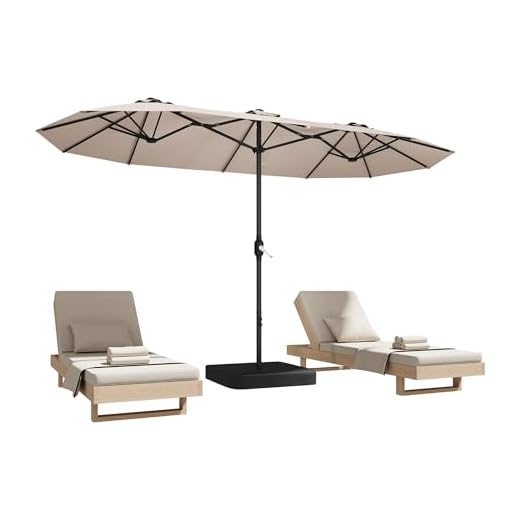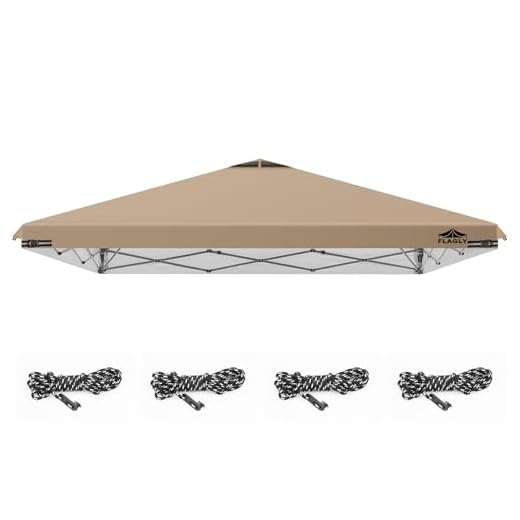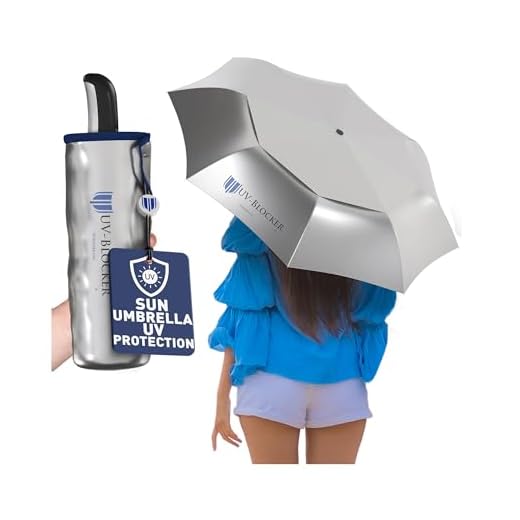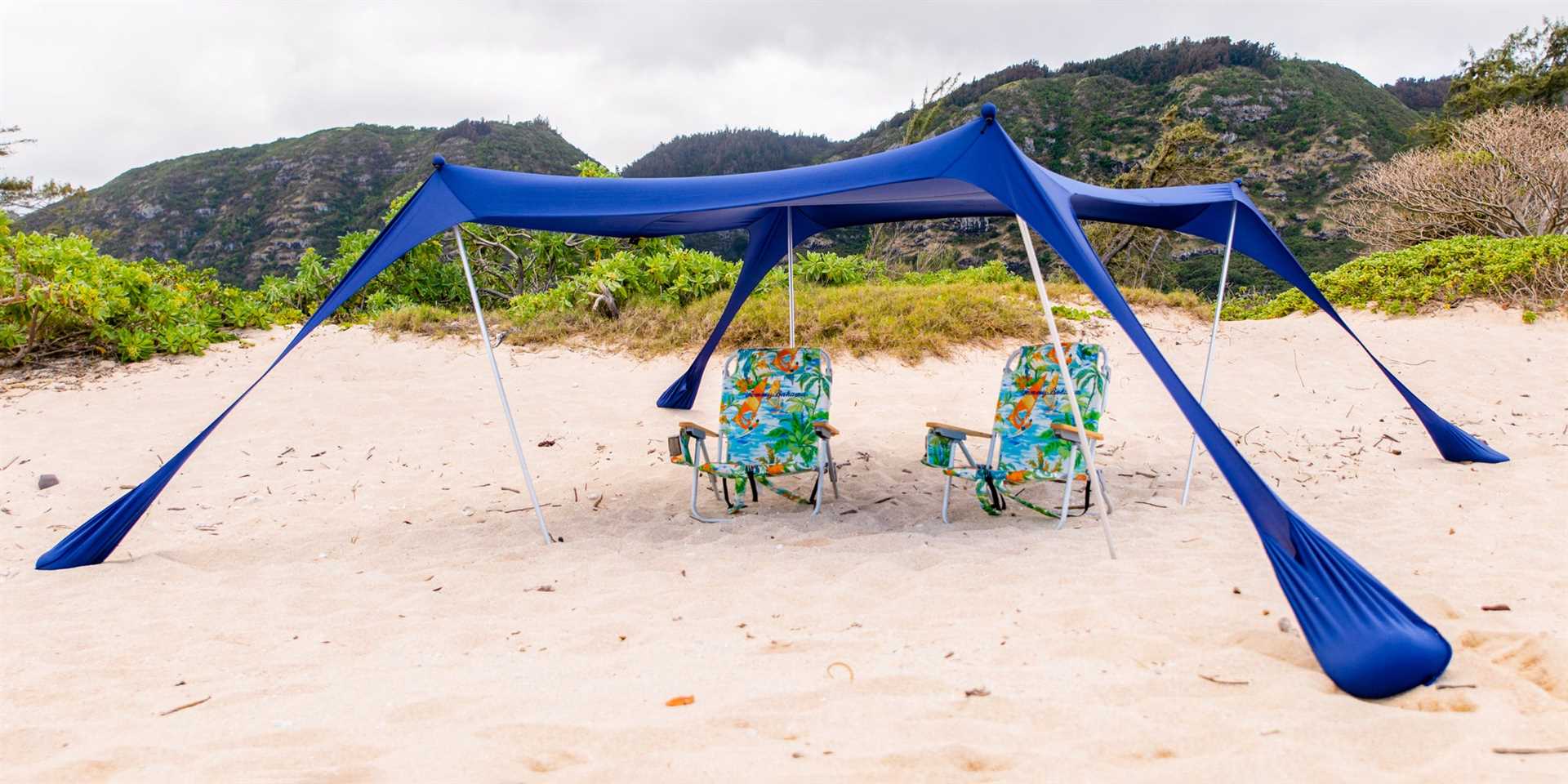




If you are looking to enhance your outdoor living area, investing in a high-quality shade solution is essential. This article provides detailed insights into the top options available today, focusing on their features, materials, and suitability for various environments.
Homeowners, outdoor enthusiasts, and anyone who enjoys spending time outside will find valuable information here. By the end of this piece, you’ll be equipped with the knowledge necessary to make an informed decision based on your specific needs and preferences.
You will discover a range of choices, from compact models ideal for small patios to larger structures that can accommodate gatherings. Each option is assessed based on durability, ease of use, and aesthetic appeal, ensuring you find the right match for your style and space.
Ideal Canopy for Outdoor Spaces
Choosing the right shade solution can enhance outdoor relaxation. A well-constructed canopy provides protection from UV rays while adding style to your outdoor area.
Look for a model that offers adjustable features, allowing you to modify its angle to maximize coverage throughout the day. Durable materials, such as aluminum or fiberglass frames, ensure stability against wind and weather conditions.
Key Features to Consider
- Size: Measure your space to determine the appropriate dimensions for optimal coverage.
- Fabric: Opt for UV-resistant materials that offer longevity and protection.
- Weight: Heavier designs provide better stability, especially in breezy conditions.
- Ease of Use: Look for features that allow for quick setup and takedown.
- Design: Choose a style that complements your outdoor decor.
Assessing these elements will help ensure satisfaction with your choice, creating a comfortable and inviting atmosphere for outdoor enjoyment.
Features to Consider in a Patio Canopy
When selecting a canopy for outdoor spaces, durability and material quality play a significant role. Look for fabrics that offer UV protection to shield against harmful rays while maintaining colorfastness over time. Materials such as polyester or acrylic are preferable for their resistance to fading and weather conditions.
The ease of operation is another key aspect. Canopies with a simple tilt or crank mechanism ensure smooth adjustments to provide shade throughout the day. Options like cantilever designs allow for versatile positioning without the obstruction of a central pole, enhancing the functionality of your outdoor area.
Additional Considerations
Pay attention to the size and coverage area. Canopies should adequately shield patio furniture and seating arrangements, allowing for comfortable gatherings. Assessing the height and width is essential to ensure ample coverage and prevent sunlight from penetrating during peak hours.
- Stability: Choose models with robust bases or anchoring systems to withstand wind and other weather elements.
- Portability: If mobility is a priority, lightweight designs with collapsible frames facilitate easy transport and storage.
- Design: The aesthetic appeal should complement the outdoor decor. Various colors and patterns can enhance the visual charm of your patio.
Lastly, consider maintenance requirements. Fabrics that resist stains and mildew reduce upkeep efforts, ensuring your canopy remains attractive and functional over time.
Comparing Materials: Fabric and Frame Options
When choosing an outdoor shade solution, the selection of materials plays a significant role in durability and performance. Fabrics used for canopies are often made from polyester, acrylic, or canvas, each offering unique benefits. Polyester is lightweight and resistant to fading, making it suitable for sunny locations. Acrylic fabrics provide excellent UV protection and maintain their color over time, while canvas is known for its sturdiness and breathability.
The frame construction also influences stability and longevity. Aluminum frames are popular due to their resistance to rust and lightweight nature, making them easy to maneuver. On the other hand, steel frames are heavier and offer enhanced stability but may require maintenance to prevent corrosion. Wood frames can provide a classic aesthetic but may need treatment to withstand the elements.
Fabric Characteristics
- Polyester: Lightweight, fade-resistant.
- Acrylic: UV protection, color retention.
- Canvas: Durable, breathable.
Frame Features
- Aluminum: Rust-resistant, lightweight.
- Steel: Heavy-duty, stability.
- Wood: Aesthetic appeal, requires treatment.
Consider the climate and intended use when selecting materials. For areas with high sun exposure, fabrics with UV protection are essential. In regions prone to strong winds, a sturdy frame is necessary to prevent damage. Balancing aesthetic preferences with functional requirements will lead to a more satisfying choice.
Size Matters: Choosing the Right Dimensions for Your Space
Selecting the appropriate dimensions for your outdoor shade solution is critical for maximizing comfort and functionality. Begin by assessing the available area where the structure will be placed. Measure the space to understand the limits within which you can operate. A well-fitted model will not only provide adequate coverage but also enhance the overall aesthetic of your outdoor setting.
Consider the number of people typically using the space and the activities planned. If the area accommodates large gatherings, opt for a larger variant to ensure everyone remains sheltered. Conversely, smaller models may suffice for intimate settings or limited use. Always account for both width and height to guarantee ample room for movement and relaxation beneath your chosen shade provider.
Proportions and Functionality
Proportions play a significant role in the effectiveness of your shade solution. A model that is too large can overwhelm a small patio, making it feel cramped, while one that is too small may leave areas exposed to direct sunlight. Balance is key. A common guideline is to ensure that the coverage extends at least several feet beyond the seating area, allowing for adequate protection.
Additionally, consider the height of the central pole or support structure. A higher installation can facilitate airflow and reduce the feeling of confinement, while a lower option may provide a cozier atmosphere. Evaluate these factors based on personal preference and the desired ambiance.
In summary, carefully measuring your space, considering user needs, and evaluating proportions will lead to a more satisfying selection. Understanding these dimensions ensures that your outdoor experience remains enjoyable and well-protected.
Wind Resistance: Ensuring Stability on Your Deck
Choosing a shade structure that can withstand strong gusts is essential for maintaining comfort and safety. Look for options with a sturdy frame and weighted bases to prevent tipping during windy conditions.
Materials play a key role in durability. Fabrics should be designed to resist tearing and fading, while the frame should be made of corrosion-resistant metals or high-quality wood. Consider models that feature vented canopies, as these allow wind to pass through, reducing the risk of lift.
Key Features to Consider
- Weight of the Base: Ensure the base is heavy enough to secure the structure. Consider options that allow for adding sand or water for extra weight.
- Frame Design: Look for cross-base or cantilever styles that provide better stability against wind forces.
- Canopy Ventilation: Vented designs help reduce wind resistance, allowing airflow while maintaining shade.
- Anchoring Systems: Some models offer anchoring options that can be permanently fixed to the ground for increased stability.
Regular maintenance is also necessary. Inspect the structure periodically for any signs of wear or damage, and ensure the base remains secure. This proactive approach will help extend the lifespan of your shade solution and enhance its wind resistance.
Style and Aesthetics: Enhancing Your Outdoor Decor
Selecting an appropriate canopy can significantly elevate your outdoor space’s visual appeal. Prioritize designs that harmonize with existing furniture and overall decor theme. A well-chosen shade solution not only provides relief from the sun but also acts as a stylish focal point.
Consider materials and colors that reflect your personal style. For a modern look, opt for clean lines and neutral shades. If you prefer a more traditional approach, rich hues and intricate patterns can add character. Incorporate decorative elements such as string lights or planters for added charm.
- Color Coordination: Match the canopy with cushions, rugs, and other accessories.
- Material Choice: Fabrics like canvas or polyester offer durability and style.
- Design Elements: Look for unique shapes or artistic patterns to enhance aesthetics.
- Complementary Accessories: Use side tables and seating that match or contrast appealingly.
In conclusion, choosing the right shade solution involves a blend of functionality and style. By aligning your selection with your overall outdoor decor, you can create a cohesive and inviting space that reflects your taste.
Best sun umbrella for deck
Features
| Part Number | 4336583223 |
| Model | 4336583223 |
| Color | TAN |
| Size | 9 FT |
Features
| Color | Beige |
| Size | 15ft x 9ft |
Features
| Part Number | 101 |
| Model | 101 |
| Color | Khaki |
| Size | 10x10ft |
Features
| Part Number | 741360281141 |
| Model | 58011 |
| Color | Silver |
| Size | 42" |
Features
| Part Number | MEUWS1B-UWSRY |
| Model | MEUWS1B-UWSRY |
| Color | Royal Blue |
| Size | 5FT Wide |
Video:
FAQ:
What features should I look for in a sun umbrella for my deck?
When selecting a sun umbrella for your deck, consider several key features. First, the size of the umbrella is important; it should adequately cover your seating area while not overwhelming the space. Look for a sturdy frame material, such as aluminum or steel, for durability. The canopy fabric should be UV-resistant to protect against sun damage and fading. Additionally, adjustable height and tilt mechanisms allow for better sun coverage throughout the day. Finally, a weighted base or the option to anchor the umbrella is crucial to keep it stable, especially in windy conditions.
How do I maintain and care for my deck sun umbrella?
To keep your deck sun umbrella in good condition, regular maintenance is recommended. Start by cleaning the fabric with mild soap and water to remove dirt and stains. Avoid using harsh chemicals that may damage the fabric. It’s also advisable to store the umbrella in a dry place when not in use, especially during harsh weather, to prolong its lifespan. If your umbrella has a metal frame, check for rust or corrosion and apply protective coatings as needed. Lastly, inspect the mechanism regularly to ensure it operates smoothly, making any necessary adjustments or repairs promptly.
What is the price range for quality sun umbrellas suitable for decks?
The price range for quality sun umbrellas varies widely based on features, materials, and brand. On the lower end, you can find basic models starting around $50, which typically offer limited durability and features. Mid-range options, priced between $100 and $300, usually provide better materials, more size options, and added features like tilt mechanisms. High-end umbrellas can cost anywhere from $300 to over $1,000, often featuring premium materials, extensive warranties, and stylish designs. It’s advisable to balance your budget with the quality and features you need to ensure you make a worthwhile investment.







